Sites

Two Mississippi Museums - Located in Jackson, the Museum of Mississippi History and Mississippi Civil Rights Museum opened on December 9, 2017, to celebrate the state’s bicentennial.
- Museum of Mississippi History examines 15,000 years of Mississippi history through eight galleries, ranging from Indigenous peoples through modern arts and industry in the state.
- Mississippi Civil Rights Museum is the first state-funded Civil Rights museum in the country. The Civil Rights Museum is dedicated to documenting and exhibiting the history of the American Civil Rights Movement in Mississippi between 1945 and 1970.
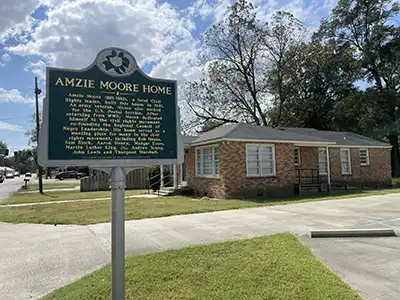
The Amzie Moore House Civil Rights Interpretive Center in Cleveland is dedicated to preserving the life and legacy of civil rights leader Amzie Moore. In Moore’s former home, visitors can explore the history of the Civil Rights Movement in the Mississippi Delta and the life of Amzie Moore.
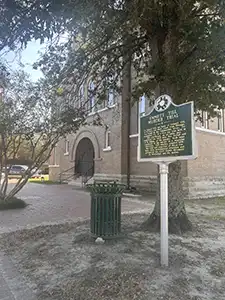
The Emmett Till Interpretive Center is located in Sumner, MS, just across the street from the Tallahatchie County courthouse. This courthouse was the location of the 1955 Emmett Till Trial, where an all-White male jury acquitted his murders. The center is a National Monument that showcases the life of Emmett Till and his murder through art and storytelling.
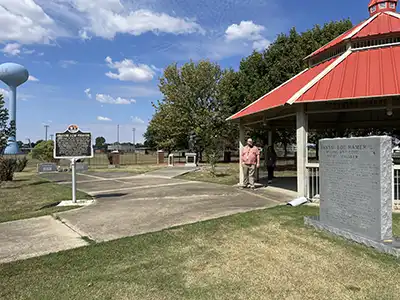
One of Fannie Lou Hamer’s final wishes to fellow SNCC activist Charles McLaurin was “Mac, don’t let them bury me on a plantation.” McLaurin did everything he could with help from local officials and fundraisers to create a vibrant park with a life-size bronze statue dedicated to Hamer and her work as a prominent Civil Rights activist. The statue was unveiled on her 95th birthday in 2012.
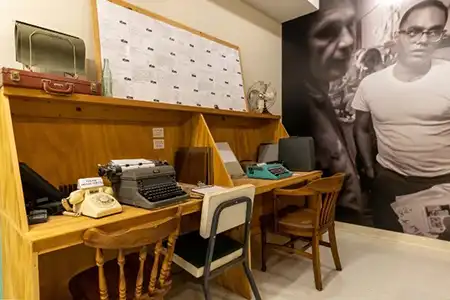
The Council of Federated Organizations (COFO) was instrumental in organizing the 1963 Freedom Vote, the Mississippi Democratic Party, and the 1964 Mississippi Summer Project, better known as Freedom Summer. Opened by Jackson State University in 2011, the COFO Civil Rights Education Center has hosted visitors from around the world.
“COFO Headquarters would be the nerve center of Freedom Summer”
Watson, Bruce. Freedom Summer: The Savage Season That Made Mississippi Burn and Made America a Democracy. New York: Penguin Group USA, 2011.
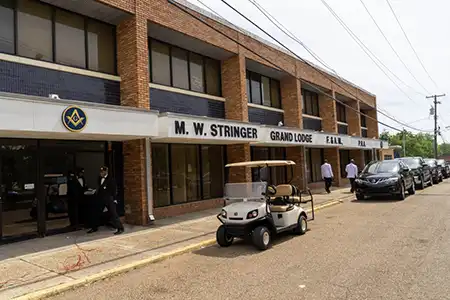
The M.W. Stringer Grand Lodge was the headquarters of the Mississippi branches of the NAACP, SNCC, CORE, and SCLC. The first Mississippi Freedom Democratic Party convention was held at Masonic Temple in 1964.
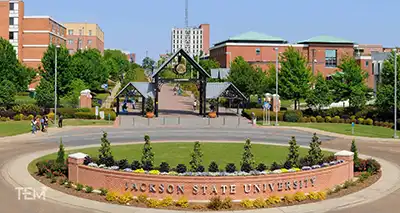
Many Jackson State University students were active during the Civil Rights Movement and they worked for social justice and to become an integrated campus even after the passing of civil rights legislation. On May 14, 1970, while students were protesting, police officers opened fire on protesters injuring twelve and killing two. Bullet markings are still visible on the dormitory that was fired on.

Tougaloo College served as a refuge for activists during the Civil Rights Movement and became a central gathering place for organizers in Mississippi. Tougaloo served as a base for Freedom Summer, when hundreds of students came to Mississippi in 1964 to register Black Citizens to vote.
“Everybody in the movement passed through Tougaloo… It was ground zero for the movement in Mississippi.”
Joan Trumpauer Mulholland
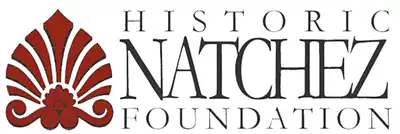
Since its founding in 1974, the Historic Natchez Foundation has worked to preserve and tell the story of Natchez while assisting in the rehabilitation and preservation of historic prosperities.
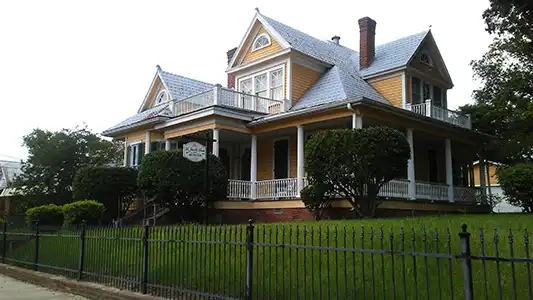
The Dr. John B. Banks House played a pivotal role in the Civil Rights Movement, serving as headquarters for the local NAACP and the home of its president, George Metcalfe. During Freedom Summer of 1964, when civil rights workers converged on the state, members of the Student Nonviolent Coordinating Committee also resided here. The house also served as the home of Dr. John B. Banks, the first African American physician in the Natchez area.
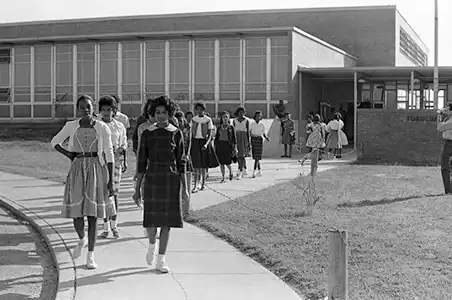
In 1961, more than one hundred students walked out of Burglund High School (now Higgins Middle School) in protest. This protest inspired young people to become involved in the Movement including Freedom Summer.
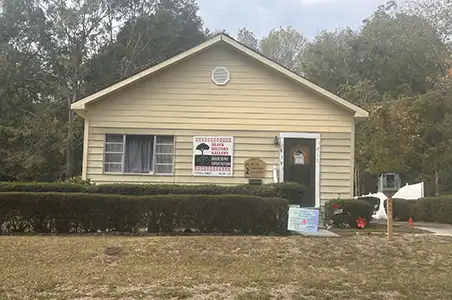
The Black History Gallery opened in 2001 and was located in Hilda Casin’s home. Ms. Casin, with the help of others, created a gallery complete with personal narratives, artifacts, and photograph collections that highlight the story of local citizens through their part in furthering civil rights for African Americans.
